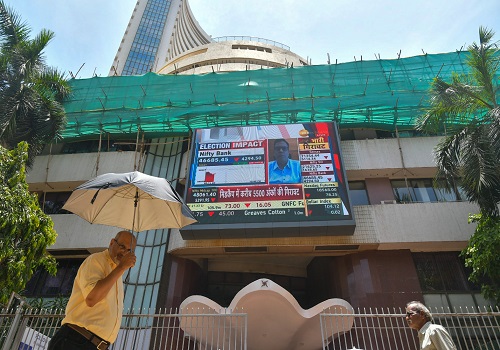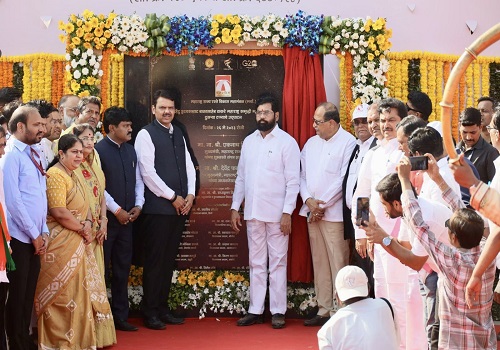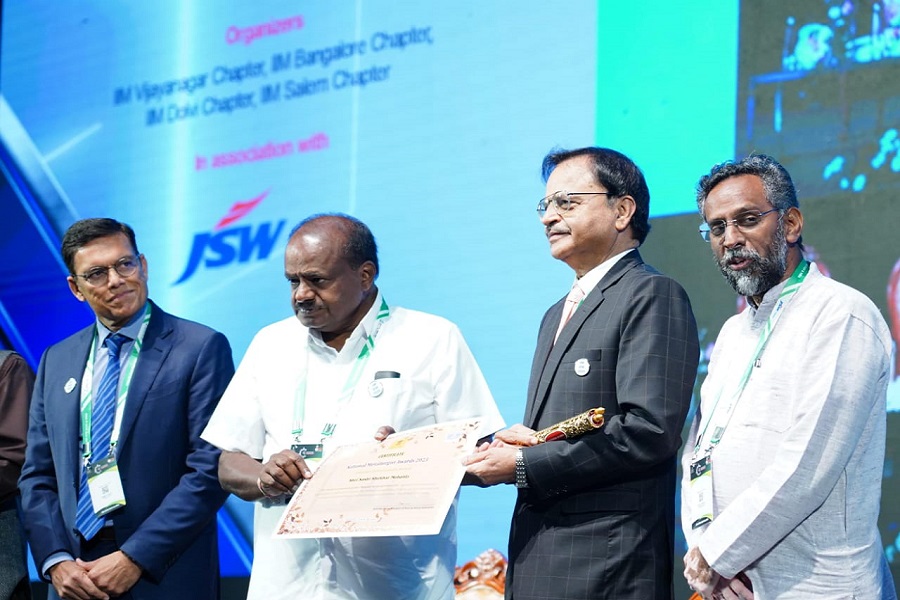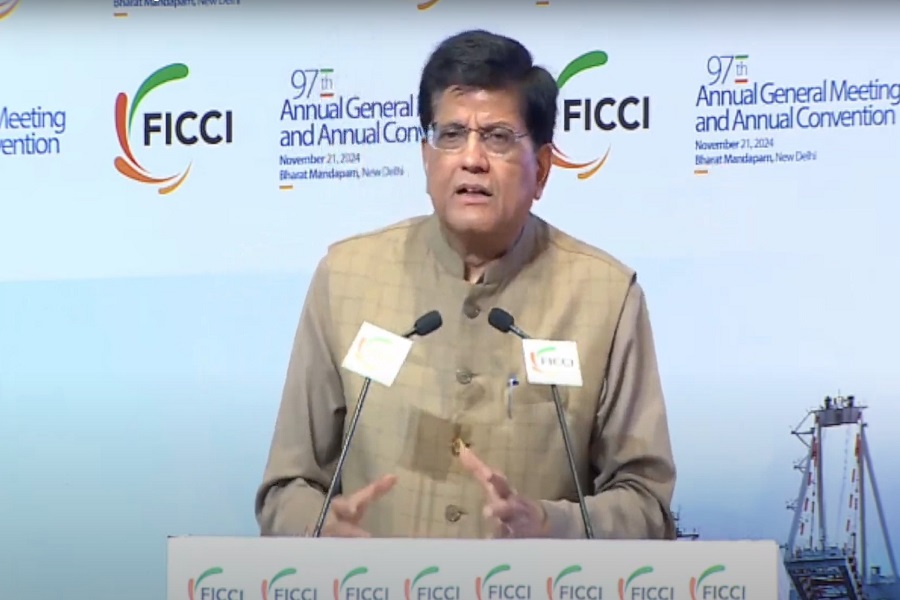India and the U.S.: Bright Prospects for Stronger Ties Under Donald Trumpís Presidency
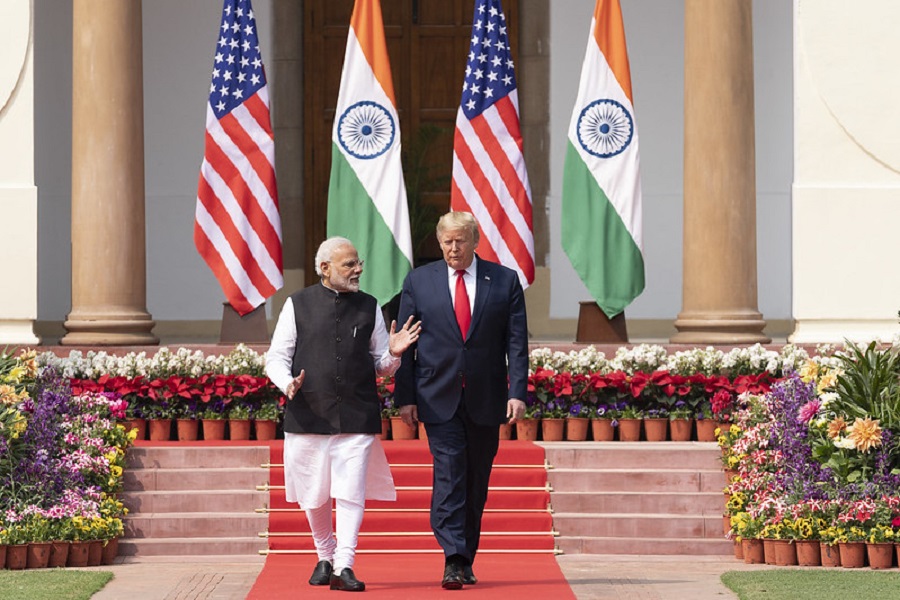
Follow us Now on Telegram ! Get daily 10 - 12 important updates on Business, Finance and Investment. Join our Telegram Channel
As Donald Trump potentially returns to the White House, India is looking at a unique opportunity to deepen its relationship with the United States. Trump’s previous presidency saw significant advances in the India-U.S. strategic partnership, with a mutual understanding in areas like defense, technology, and security. For India, his presidency may mean strengthened cooperation in several key areas, opening new doors for collaboration while keeping a watchful eye on a few challenges.
Strengthening Strategic and Defense Alliances
India and the U.S. have made remarkable progress in defense and strategic cooperation, and Trump’s return could mean this momentum continues. Given his strong stance on countering China’s influence in the Indo-Pacific, India may benefit from more robust military and intelligence support. India’s efforts to secure its borders and assert its role in Asia align well with Trump’s vision of balancing power in the region.
Expanded Defense Collaborations: Trump’s administration previously cleared significant defense deals, allowing India access to high-tech equipment. Renewed leadership could bring further advancements, including potential co-production projects that benefit both nations. This could also mean joint military exercises, which not only enhance operational readiness but also strengthen bonds between the two defense forces.
The Quad and Indo-Pacific Unity: Trump’s emphasis on the Quad alliance — between the U.S., India, Japan, and Australia — could offer India a valuable platform for regional influence. With Trump in office, the Quad’s role might expand, enhancing security cooperation and making the Indo-Pacific a stable and prosperous region. For India, this partnership offers an opportunity to play a leading role alongside allies with shared interests.
Technology and Digital Synergies: Potential for Big Growth
In a digital-first world, technology plays a central role in India-U.S. relations. Trump’s policies on securing digital infrastructure and reducing dependency on Chinese tech firms align closely with India’s digital aspirations. This creates a natural synergy where both countries can collaborate on next-generation technology, data privacy, and cybersecurity.
5G and Digital Infrastructure: Trump’s push to block Chinese firms from critical infrastructure aligns well with India’s cautious stance on telecom security. The U.S. could play a significant role in supporting India’s ambitions to roll out 5G by promoting partnerships with American companies. This support could expedite India’s digital infrastructure development and open pathways for technology-sharing agreements.
Cybersecurity and Data Protection: Trump’s emphasis on digital security presents India with the chance to cooperate closely on cybersecurity. Both nations can work together to develop protocols for data protection, a growing concern in today’s digital economy. Such collaboration could bolster India’s tech industry, attracting investment and advancing cybersecurity protocols beneficial for both countries.
Economic Prospects with Some Trade Adjustments
The economic relationship between India and the U.S. has been growing, but Trump’s “America First” stance means India may need to navigate certain trade restrictions with caution. However, this could also serve as a catalyst for India to build a more balanced trade relationship with the U.S., focusing on sectors that add value to both economies.
Boost for Manufacturing and Trade Resilience: Trump’s focus on self-reliance aligns with India’s “Atmanirbhar Bharat” (self-reliant India) initiative. By encouraging both nations to focus on self-sufficiency, India has the chance to scale its manufacturing base, reduce import dependency, and create a stronger export framework. This is especially relevant for sectors like defense, electronics, and technology.
Continued Pharma and IT Exports with Possible Adjustments: India’s pharma and IT sectors are likely to remain key players in U.S. markets, as the demand for cost-effective healthcare solutions and digital services continues to grow. However, potential visa limitations could prompt Indian companies to find innovative ways to deliver their services. For instance, India may invest more in automation, R&D, and digital infrastructure to maintain competitiveness while staying resilient against visa policy shifts.
Regional Stability and Geopolitical Support: A Balancing Act
India’s position in South Asia is of strategic importance, and Trump’s potential focus on regional stability could bring India more geopolitical support. However, there are nuances to consider, especially with regard to neighboring countries like China, Pakistan, and Iran.
A Stronger Stance on China: Trump’s hardline policies on China align well with India’s objectives. Should tensions arise, India could count on U.S. support to counterbalance China’s influence, which directly affects India’s regional security. This alignment reinforces India’s position in Asia and allows for a firmer stance on border security.
Closer U.S. Scrutiny on Pakistan’s Actions: Trump has historically taken a tougher stance on Pakistan’s involvement in counterterrorism efforts. For India, this could mean greater U.S. pressure on Pakistan to curb cross-border terrorism, leading to a more stable environment in Jammu and Kashmir. While India may need to remain cautious of any rapid policy shifts, a U.S. focus on regional security aligns with India’s long-term interests.
The Iran Balancing Act: India’s ties with Iran, particularly the Chabahar Port project, are crucial for trade access to Central Asia. While Trump has been known for enforcing strict sanctions on Iran, India may need to balance its relationship with both the U.S. and Iran. Leveraging diplomatic channels, India could aim to secure necessary exemptions or find alternate routes to safeguard its trade interests.
Cultural Diplomacy: Strengthening the Indian-American Bridge
The Indian-American community is a powerful asset in fostering cultural diplomacy. Many Indian-Americans hold influential positions in the U.S., and Trump’s outreach to this community could strengthen people-to-people ties. India can use this soft power to reinforce its image in the U.S., making the Indian diaspora a bridge that brings the two nations even closer.
Conclusion: Moving Forward with Optimism and Preparedness
A Trump presidency offers India a strategic advantage with opportunities to deepen its partnership with the U.S. — especially in defense, technology, and regional stability. While there are areas where adjustments will be necessary, India is well-positioned to make the most of this relationship. By aligning with U.S. goals where mutual benefits exist and proactively managing trade and geopolitical complexities, India can solidify its place as a valued ally.
India’s approach to Trump’s presidency can be one of optimism, with a careful eye on balancing economic and strategic interests. If India plays its cards right, this period could mark a significant step forward in making the India-U.S. partnership one of the most influential alliances of the decade.













